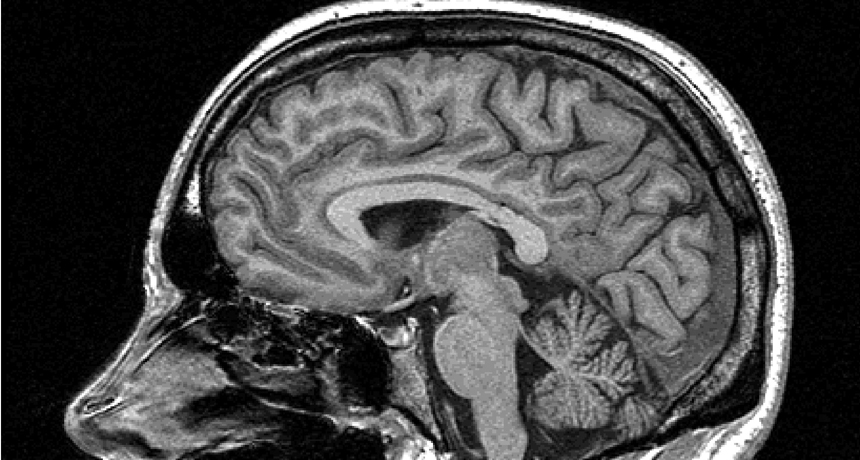‘Unique’ human brain regions similar to monkeys’ brains

Brain scans showed that regions thought to be unique to humans share similarities with the brains of monkeys.
Courtesy of Oxford Centre for Functional MRI of the Brain

Brain scans showed that regions thought to be unique to humans share similarities with the brains of monkeys.
Courtesy of Oxford Centre for Functional MRI of the Brain